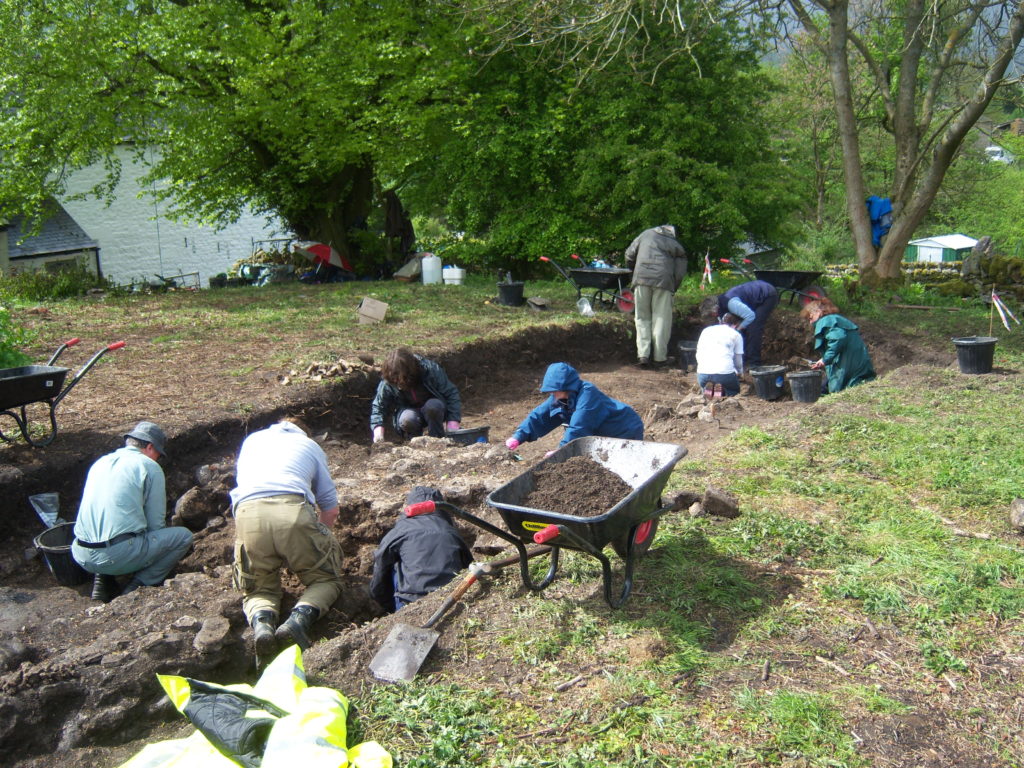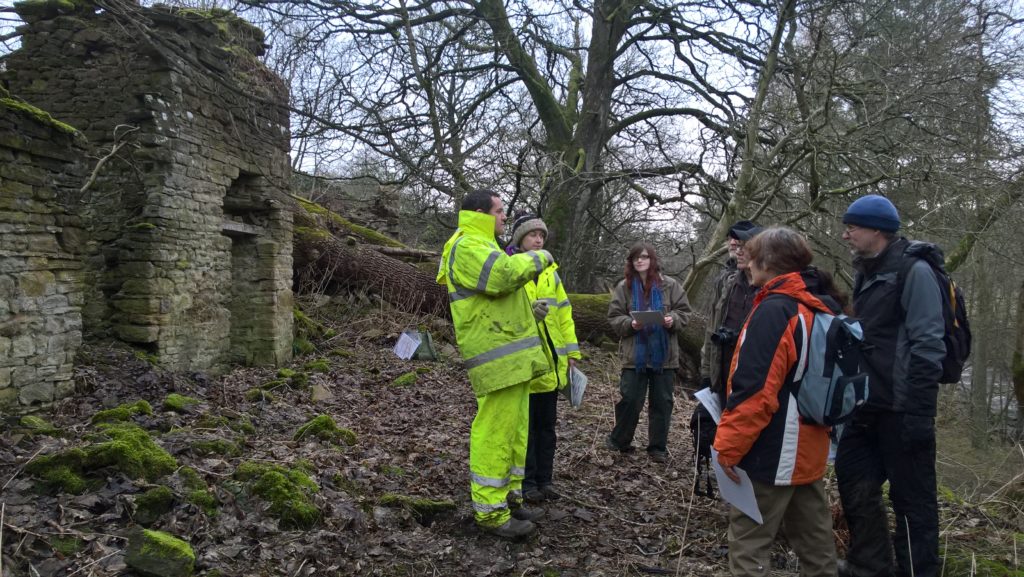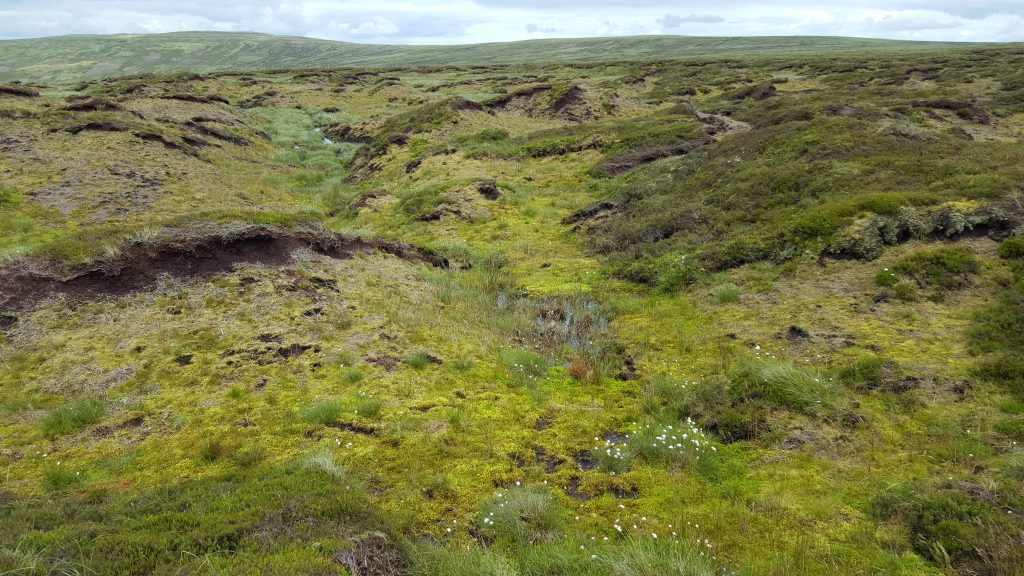News
Farlam churchyard survey and wildlife enhancement
Farlam churchyard survey and wildlife enhancement
A brief visit to Farlam churchyard in the Fellfoot Forward Landscape Partnership Scheme area in 2021, led to the North Pennines AONB Partnership working with a group from the local community to survey the churchyard’s existing wildlife and develop a plan to make it even better for nature.
As part of the Fellfoot Forward scheme’s Citizen Science project, the North Pennines AONB Partnership with Cumbria Wildlife Trust and Cumbria Biodiversity Data Centre planned to provide an opportunity for people to learn botanical skills whilst surveying the churchyard, and use the results to suggest enhancements for wildlife and help the local group manage the churchyard.
In June 2023, a small group of botanists ventured into the churchyard to survey its plants, as part of Cumbria Wildlife Trust’s Site-Seeing project, which has surveyed wildlife-rich sites across the Fellfoot Forward scheme area. The group focussed on the main grassland habitat and discovered a variety of wildflower species, reflecting the environmental conditions and management of the site.
The shorter, more frequently mown, grass around the church was found to support low growing wildflowers, such the common daisy, creeping buttercup, dandelions, white clover, thyme leaved speedwell, mouse ears, selfheal, and ribwort plantain. All are fairly common but good to have for their colour and the insects they support. These species are able to survive the frequent mowing and take advantage of the light that reaches ground level. However, they cannot survive in the taller grassland across the churchyard, unlike the meadow wildflowers, such as pignut, red campion, oxeye daisy and knapweed, which can, as long as they’re allowed to flower and set seed before being cut down.
This wildflower meadow habitat has been lost from much of our countryside and it is important to save and expand existing areas. To retain and expand meadow habitat, it is best to remove the cut material to help to keep the soil’s fertility low, a requirement for flower rich meadows. In the churchyard, cut material was already being removed to create habitat piles in corners to benefit insects, amphibians and fungi, as it gradually rotted away.
Pignut, a small, knee high umbellifer, was found to be nicely scattered across the churchyard and this species indicates the grassland has not been significantly disturbed for a long time or received significant inputs of fertiliser. Other meadow wildflowers are not as abundant or well-distributed across the taller grassland, probably due to the dominance of grass and frequent mowing which does not allow enough time for the flowers to produce viable seed. As well as wildflowers, tall grassland is also good for supporting insects and during the survey grasshoppers were heard and a range of insects spotted, including chimney sweepers, an active day flying moth that feeds on pignut flowers and seeds.
Although the churchyard is already an important site for supporting wildlife, there is an opportunity for diversifying the tall grassland habitat with more wildflowers, which would also benefit insects, especially pollinators. This would require an adjustment of the mowing regime to cut the tall grass area only after the wildflowers have produced viable seed later in summer, and then remove the cuttings. If this practice is adopted and, after several years, more wildflowers don’t emerge from the existing seed source in the soil, the grassland could be enhanced with wildflower plug plants or seeds.
Despite a very warm day, the team had an enjoyable time surveying the churchyard. The Fellfoot Forward scheme will provide advice and support if the community wishes to take some of the suggestions forward.
The Fellfoot Forward Landscape Partnership Scheme is led by the North Pennines AONB Partnership and funded by The National Lottery Heritage Fund.
The Fellfoot Forward scheme’s Citizen Science project is a partnership with Cumbria Wildlife Trust, Cumbria Biodiversity Data Centre (CBDC), and volunteers which surveys sites for their wildlife and to, hopefully, inform future management. The species list from this survey will be held by CBDC. For further information, please email Tim Jacobs at the North Pennines AONB Partnership.

















